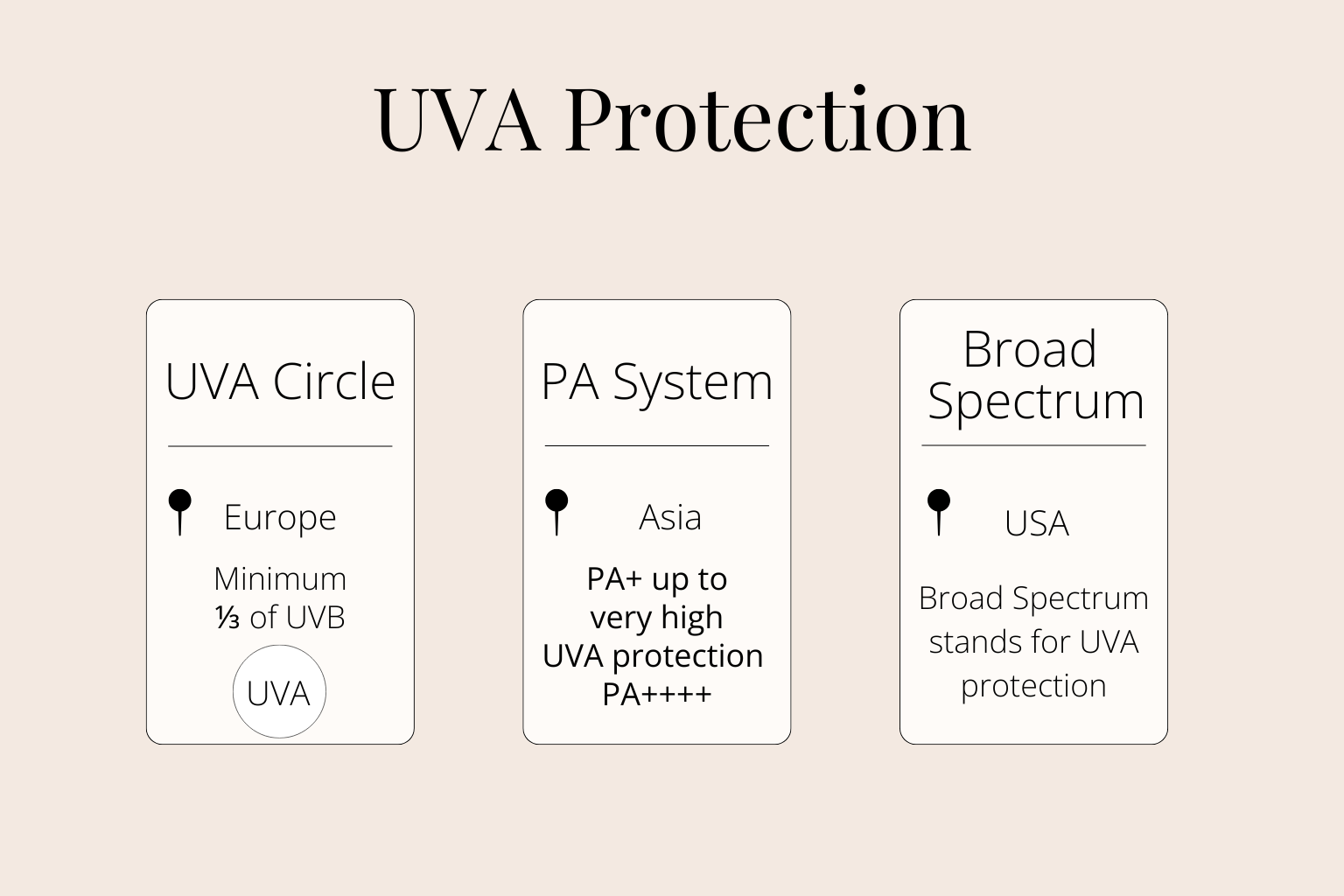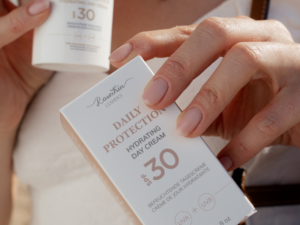When I worked for a big skincare and makeup manufacturers, I had access to the global behind-the-scenes of SPF development – and it changed the way I look at sun protection forever.
One thing shocked me the most: The United States hasn’t updated its list of approved UV filters since 1999. Meanwhile, in Europe and Asia, innovation has surged ahead with the approval of newer, more advanced filters that are both safer and more effective.
This blog post is here to help you understand why not all sunscreens are created equal, and how to make informed decisions when choosing the best protection for your skin.
Why This Matters
Sunscreen is a non-negotiable part of healthy skincare. But what many don’t realize is that not all sunscreens are created equal. Depending on where you live, the filters available to you may vary drastically in terms of safety, stability, and cosmetic elegance.
🌍The Global Divide in UV Filter Regulation
United States
In the U.S., the FDA regulates sunscreen as an over-the-counter drug. That sounds thorough but the last update to approved filters was in 1999. Only a limited number of UV filters are available, many of which can be heavy, greasy, irritating, or unstable under sunlight. New-generation filters like Tinosorb S, Uvinul A Plus, or Mexoryl SX are simply not allowed-yet.
Europe
European regulators have a more flexible approach. The European Union recognizes over 25 UV filters, many of which are modern, stable, and safe. These filters offer broad-spectrum protection and are often more elegant in texture and feel. Think: high protection without the white cast or greasy finish.
Asia (especially Korea & Japan)
Asia-especially South Korea and Japan-are true innovators in sunscreen. The textures are featherlight, and the formulas prioritize both protection and skin health. This is where I discovered the real beauty of integrating skincare and sun care. Ingredients like Niacinamide, antioxidants, and soothing botanicals often sit alongside cutting-edge UV filters.
New-generation filters are:
✅ More stable under UV exposure
✅ Less likely to irritate sensitive skin
✅ Often more photo-stable and eco-conscious
✅ Offering broader UVA + UVB coverage


My Personal Journey: Choosing the Right Filters
Once I understood the differences, I could no longer use just any sunscreen-especially not in the U.S. It was difficult to find formulas that checked all the boxes: high protection, great feel, and safe ingredients.
This is why I became so passionate about choosing only the best UV filters-those with years of safety data, minimal irritation potential, and broad-spectrum coverage. I now educate cosmeticians and customers about these differences so they can make more empowered choices. Read more about it here
Why This Blog Post Matters Today
With TikTok, Instagram, and beauty influencers flooding our feeds with sunscreen “hot takes,” it’s more important than ever to separate hype from truth. My goal is to help you navigate through the confusion and discover sun protection that works for your skin, lifestyle, and values.
Coming Soon: Sun Protection from Within
Did you know that your skin can also be protected from the inside out? Antioxidants like Astaxanthin, Lycopene, and Beta-Carotene help neutralize UV-induced free radicals at the cellular level. We’re excited to introduce a new supplement that supports your skin’s resilience—stay tuned for more!

Bonus: Download the UV Filter Guide
Still unsure which filters are safe and effective? I’ve created a free UV Filter Guide to help you better understand which ingredients to look for—and which ones to avoid.
Final Thoughts
Don’t just look at SPF numbers-look at what’s behind them. Ingredients matter. Regulations matter. And you deserve sun protection that’s not only effective but also safe and comfortable. If you’re unsure what to look for, start by checking where your sunscreen is made and what filters it uses. Your skin will thank you!
Knowledge is power-especially when it comes to protecting your skin. With this guide and a little insight into sunscreen regulations, I hope you feel more confident choosing SPF that truly supports your health and beauty. With love,
Jessica, Founder of RoseKin Cosmetics

